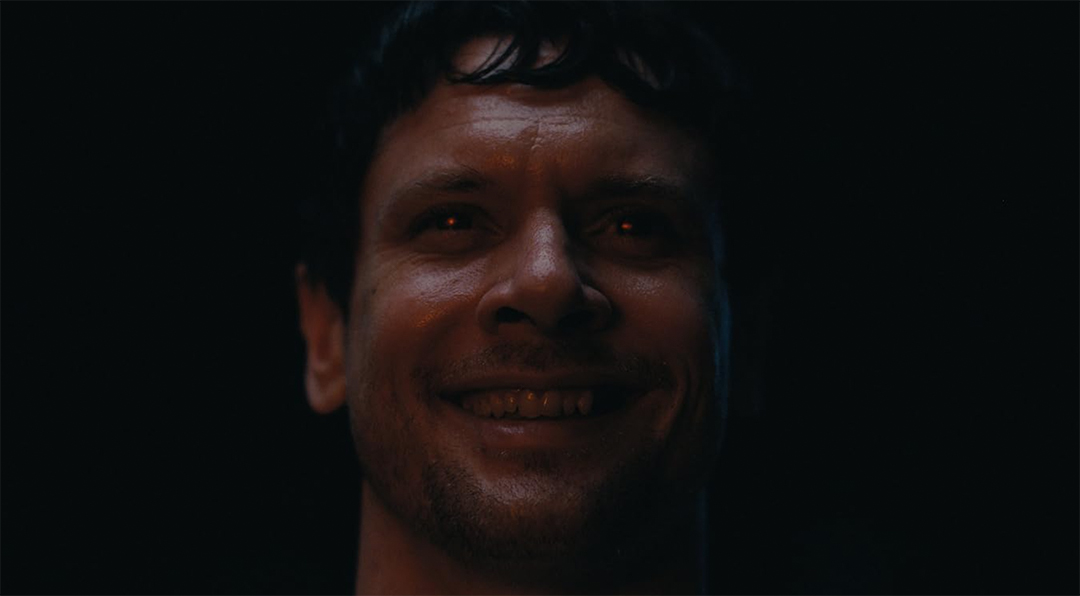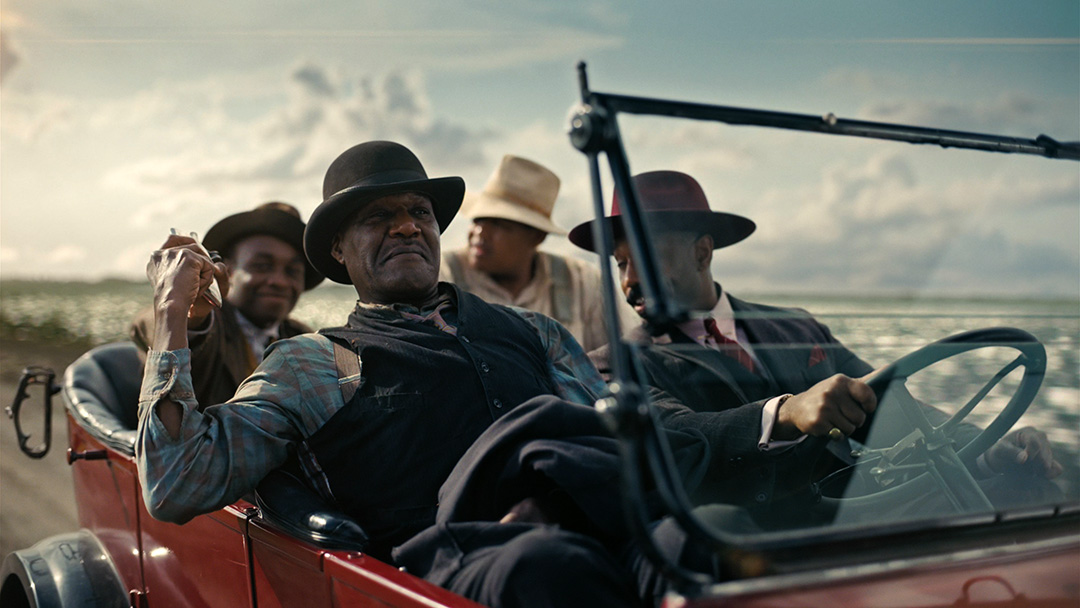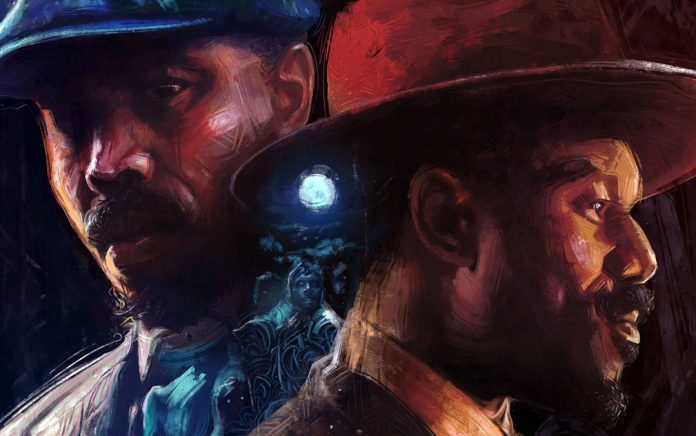Sinners (2025) is most effective not as a simple horror movie, but as an allegorical exploration of America’s sins: racism, poverty and violence.
Director Ryan Coogler uses the supernatural to amplify, not distract from, history.
Set in the Mississippi Delta of 1932, during the height of Jim Crow laws, the film depicts Black communities facing systemic oppression, racial terror and economic exploitation.
By placing a vampire story in this context, Coogler makes clear the real horror is what society has already allowed to flourish, from predatory vampires to the real-world menace of the Ku Klux Klan (KKK).
At the centre are twin brothers Smoke and Stack, both played by actor Michael B. Jordan. Returning home after seven years, Smoke is hardened, distrustful, and willing to do whatever it takes to survive. Stack, in contrast, is protective and idealistic, determined to uphold family and community even when it puts him at risk.
Jordan’s dual performance is striking, giving each brother distinct physicality, tone and moral weight. Together, they embody adaptation versus resistance, showing the human toll of oppression.
Vampires as an Allegory
The vampires themselves are more than genre decoration. They represent exploitation in its purest form: predators feeding on the lifeblood of an already marginalized community. Their hunger mirrors systemic racism that drained Black communities of resources, culture and futures.
Coogler blurs the line between supernatural and historical horror, forcing viewers to confront human cruelty and injustice as terrifying as any creature of myth.

What makes these characters “Sinners”?
Supporting characters reinforce these themes. Wunmi Mosaku plays Annie, a hoodoo healer representing faith and resilience, bridging African spiritual traditions with the present. Delroy Lindo is Delta Slim, the weary elder carrying the long memory of suffering and warning others of looming threats, including Klan violence. Hailee Steinfeld plays Mary, a figure of temptation whose choices reflect complicity and assimilation, while debuting actor Miles Caton’s Sammie embodies youth caught between passion and recklessness.
Each character can be perceived as representing a different “sin”: Smoke leans into wrath and greed, Stack risks pride, Mary embodies temptation, Annie resists despair, and Delta Slim bears the weight of judgment.
These portrayals avoid stereotypes, showing how systemic injustice warps human choices and forces roles that are both necessary and destructive.

Music ties the story together
The Delta is the birthplace of the blues, and Coogler treats it with reverence. The soundtrack moves between gospel and blues, showing music as both spiritual refuge and cultural testimony. Blues sequences serve as celebration and summoning, a release for the community and a warning to predators, while gospel offers protection and hope. The clash of traditions, future, and present, mirror the film’s larger tension: joy and sorrow, survival and exploitation, resistance and surrender.
What makes Sinners linger is not just the well executed scares but its insistence on connecting horror to history.
Coogler doesn’t let the vampires stand alone as villains rather he ensures the audience sees the systems of racism and poverty as equally monstrous. The Delta isn’t just a backdrop, it’s an active force, filled with ghosts of injustice that cannot be defeated in a single fight sequence.
That said, the film isn’t flawless.
Sinners’ staying power resides in its ability to ties its horror to real history. The vampires are scary, but the racism, poverty and KKK terror in the Delta are just as chilling. Some of the metaphors can feel heavy-handed, but the film’s ambition, strong performances, and atmospheric detail make some of those flaws easier to forgive.
So, should you spend your time streaming Sinners?
If you’re looking for jump scares that have you spilling your popcorn then maybe this is not the film for you. But if you want a horror movie that doubles as a haunting reflection on America’s past then Sinners is well worth the watch.




